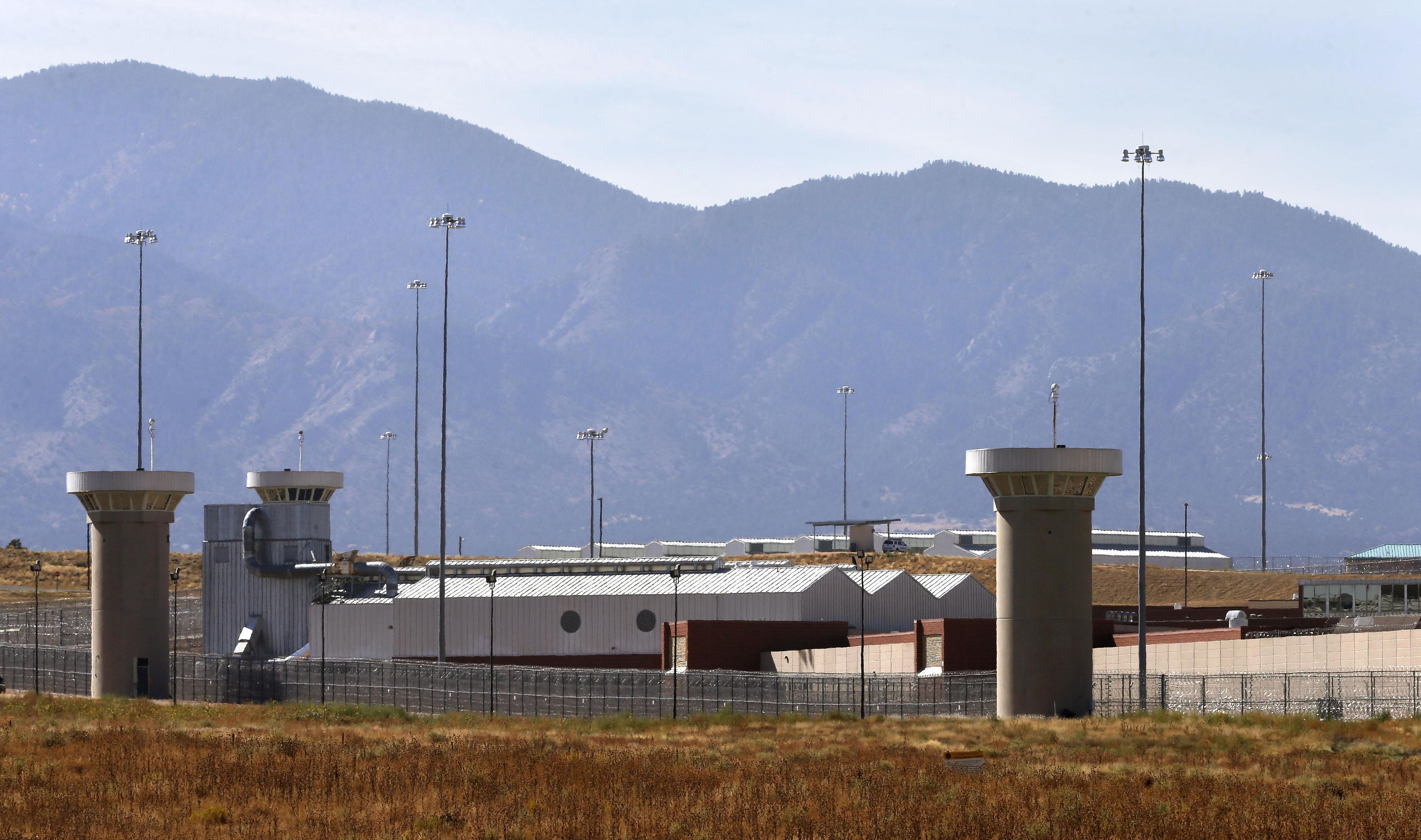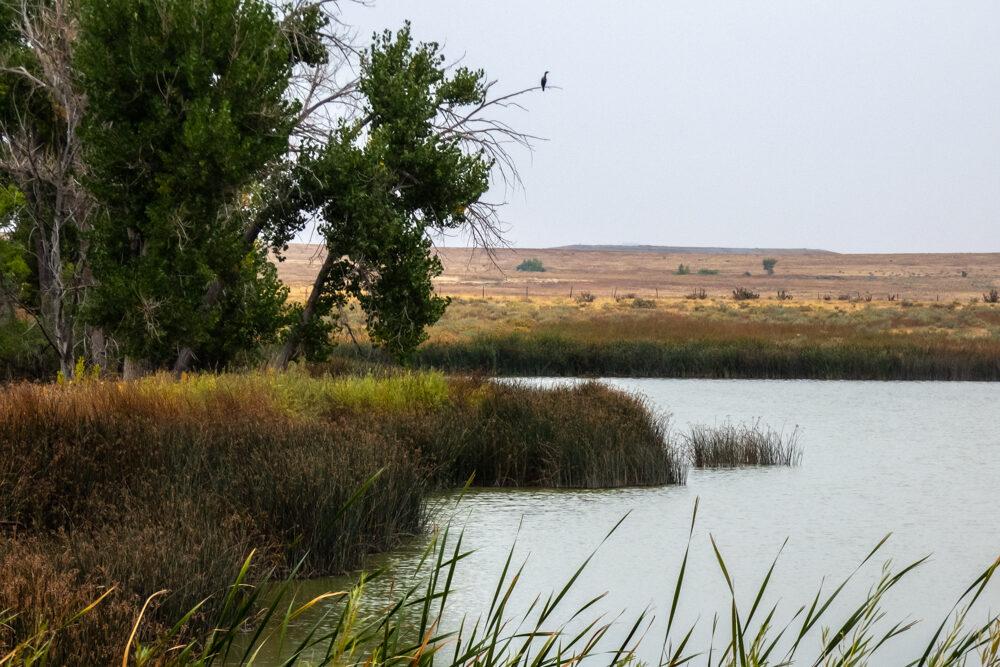
As the population grows along the Front Range, many water utilities in El Paso County are seeing declines in the productivity of wells that draw from the Denver Basin, a geological formation that stretches north into Weld County and across much of the Front Range.
Some water managers are looking at a potential $134 million project that could help them, now and in the future.
“El Paso County is a huge county, 2100 square miles. We have to make sure that we have the water that we need,” said Amy Lathen, who manages the Cherokee Metropolitan District. The agency serves some 18,000 customers in and around Cimarron Hills, on the eastern edge of Colorado Springs. “These are finite resources that we have here.”
At a Cherokee water pumping station in northern El Paso County, there’s a building that houses rows of huge pipes, painted drab green for raw water and bright blue for treated water. The pumps move water drawn from Denver Basin wells through treatment equipment and then into a large blue pipe that runs south.

“It goes to a high point tank and then it is downhill from there the rest of the way back to the district,” Cherokee water engineer Kevin Brown said.
The Cherokee Metropolitan District is among the handful of water utilities looking at ways to work together to circulate water between the farthest northern and southern reaches of the county.
The idea is to use new and existing infrastructure — like the big blue pipeline — to create a giant loop system that could take water flowing south in Monument and Fountain creeks and pump it north again through ditches and pipelines.
Woodmoor Water and Sanitation District is another primary collaborator in the project. The utility supplies water to residents in the northern part of the county, but has water assets in the southern part, including a quiet 80-acre lake called the Callahan Reservoir. It could become part of the Loop system too.
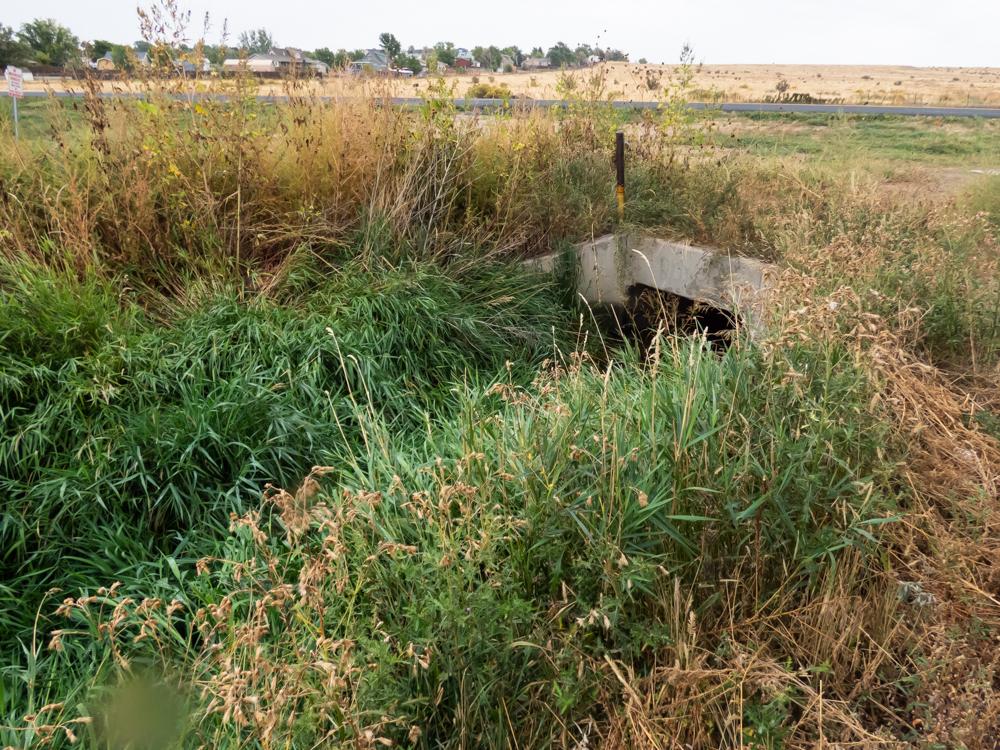
Manager Jessie Shaffer says because of declines in their Denver Basin wells, the utility purchased surface water rights from Fountain Creek.
“But the problem is those renewable water rights are located just south of the city of Fountain,” Shaffer said. “We need a way to transport those water supplies.”
The proposed Loop would allow Woodmoor and other districts to get to water they own the rights to but haven’t been able to access. It would also allow them to more easily recycle indoor wastewater that comes from Denver Basin wells and now drains into the sewer.
“It's delivered and conveyed over at the wastewater treatment facility where it's cleansed and then it's discharged into Monument Creek,” Shaffer said. “So now I have a molecule of Denver Basin groundwater that came out of the ground and would've never wound up in the stream, but now (with the Loop system) it's in the stream and we're able to use that molecule of water to extinction.”
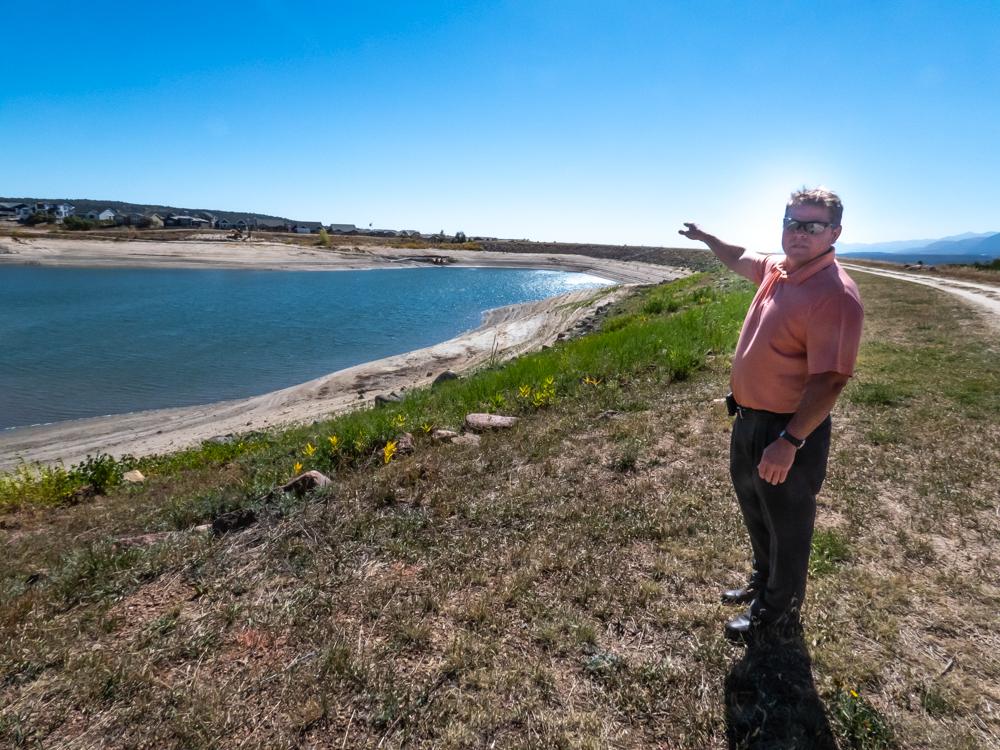
That means they can keep recycling the water in the system until it’s gone, evaporated or sucked up by plants. Shaffer said other water providers could benefit from being part of the Loop project.
“If for nothing else, other than to recapture and reuse, to extinction, their existing water supplies that are currently running down the stream and probably over to Kansas farmers,” he said.
Lathen said building the Loop project would be both complicated and expensive.
“To put water transmission lines in the ground, you're looking at a minimum, on a bargain sale day, of a million dollars a mile,” she said. “And so you're talking about real money and serious design, engineering, (and) construction costs in order to build water systems that ultimately end up in people's homes.”
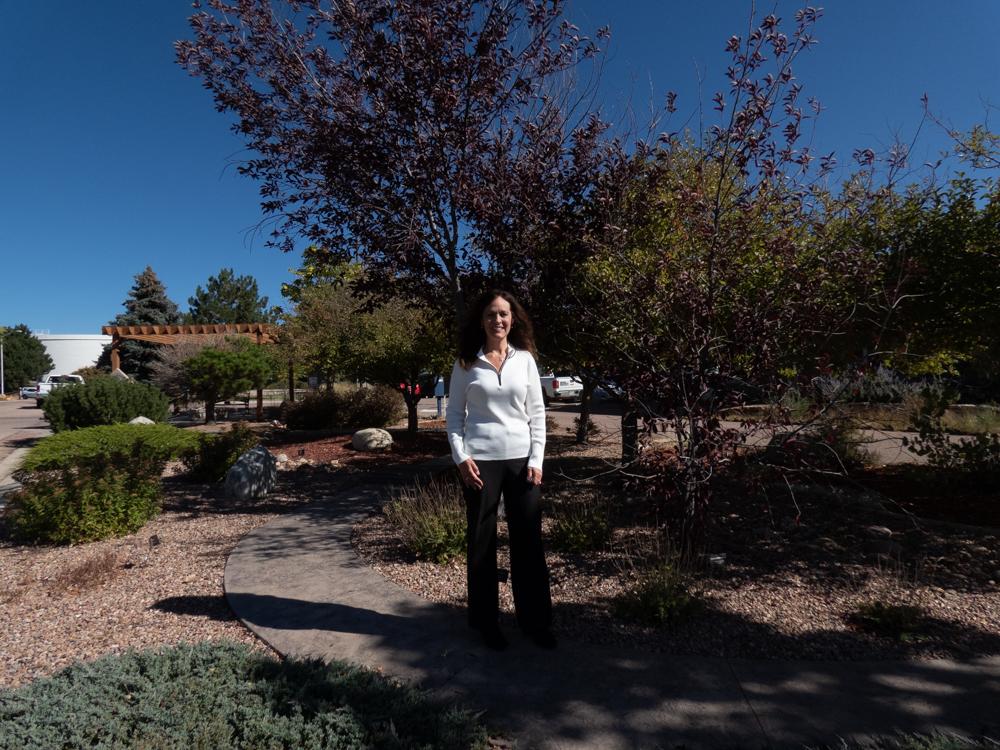
She said people don’t have to be worried that water will suddenly stop flowing from their faucets, but it's important to get ahead of the curve and explore these types of projects now, before it becomes a critical issue as the region continues to grow.
“Water is absolute. It is game, set, match,” she said. “If you don't have water, your highways don't matter. Your human services don't matter. All of those issues don't matter if there's not water. So we have to get the water equation finished, we have to find the long-term answer.”
The participating utility companies and a developer paid for a study currently underway to develop water quality, treatment and transport processes. They’ve also asked El Paso County to designate a portion of its American Rescue Plan Act funds to help fund the estimated $134 million Loop infrastructure project.







